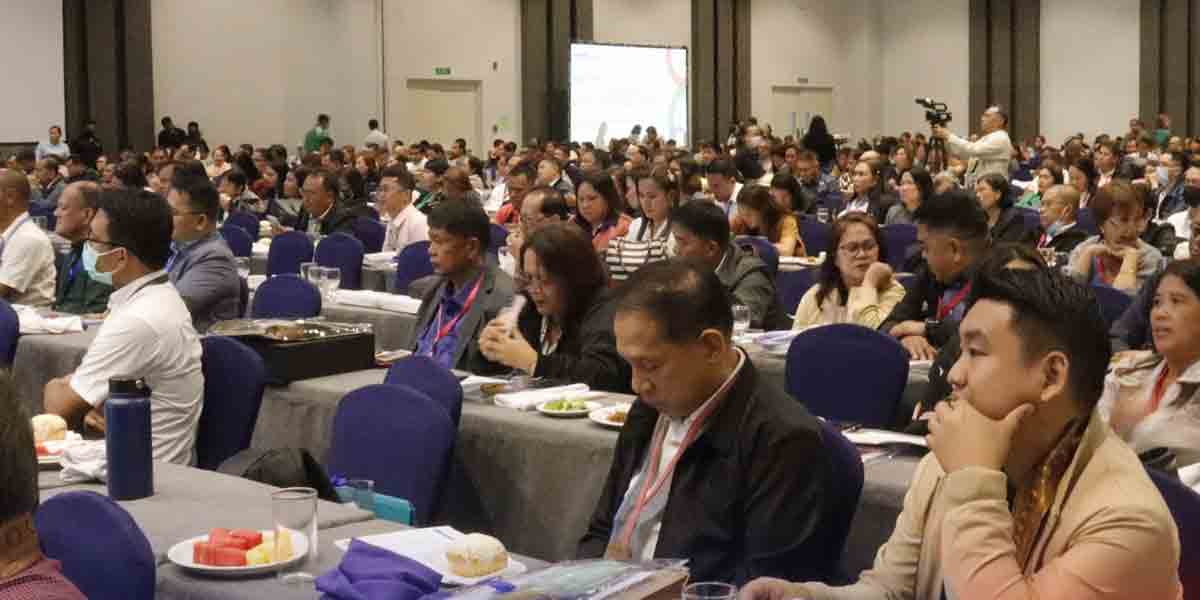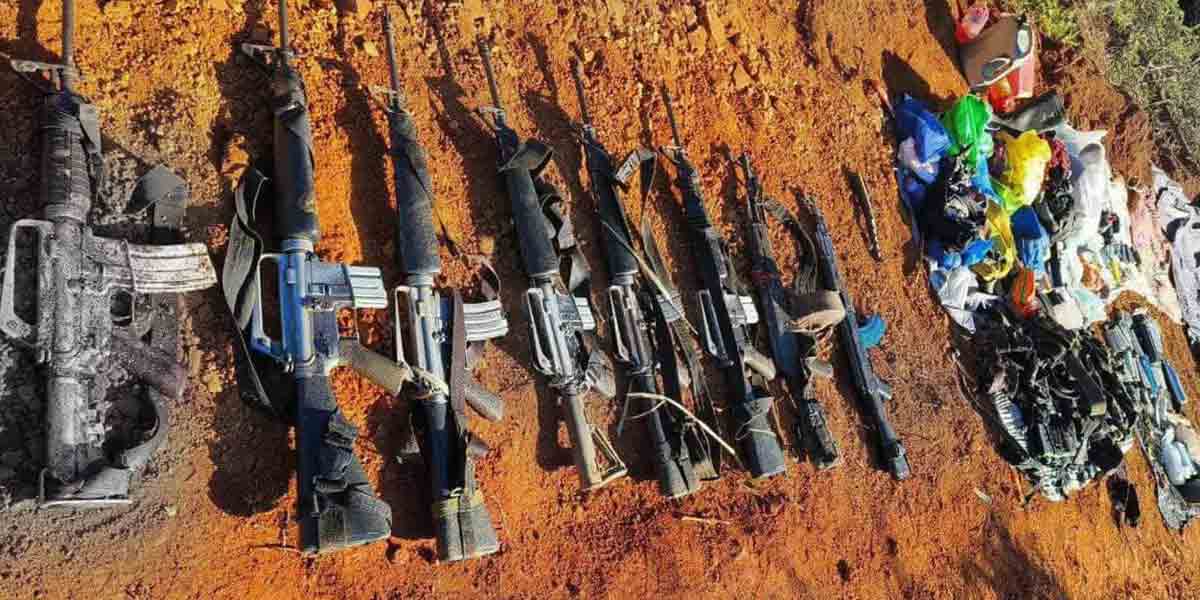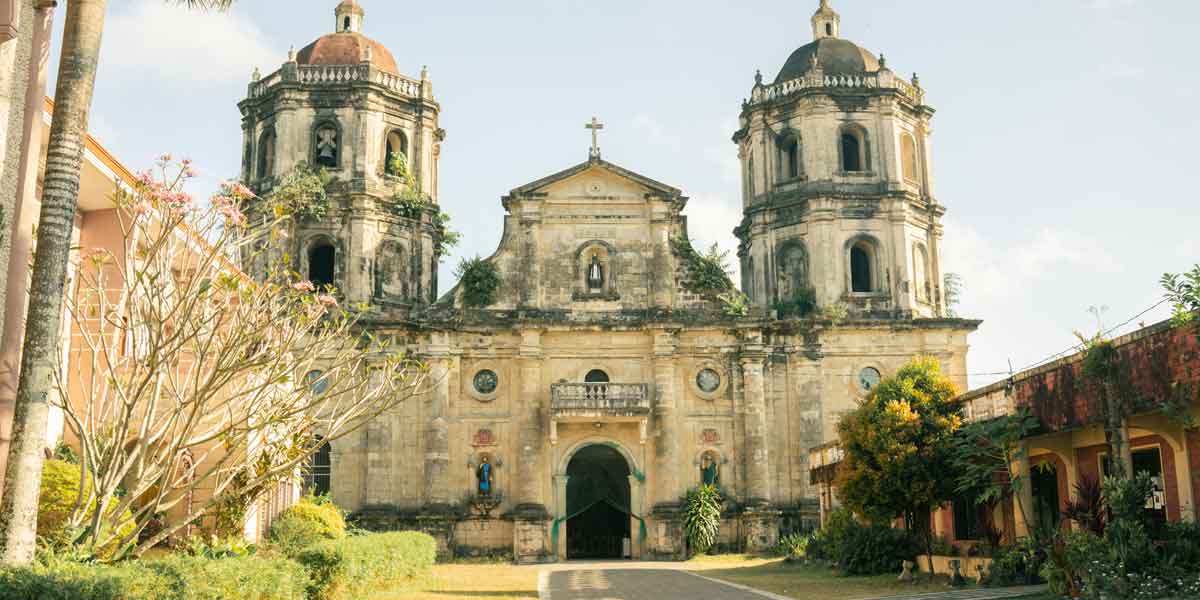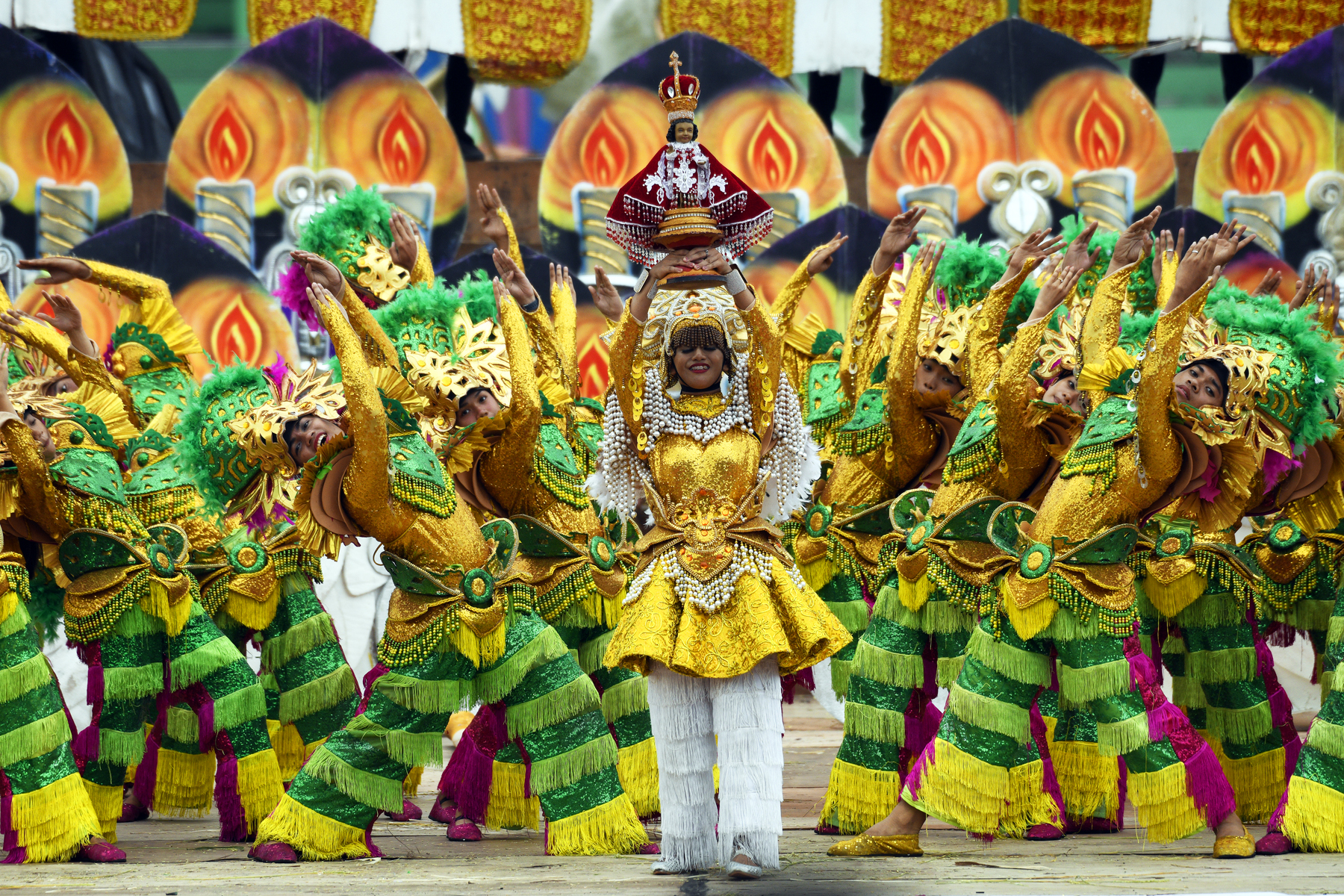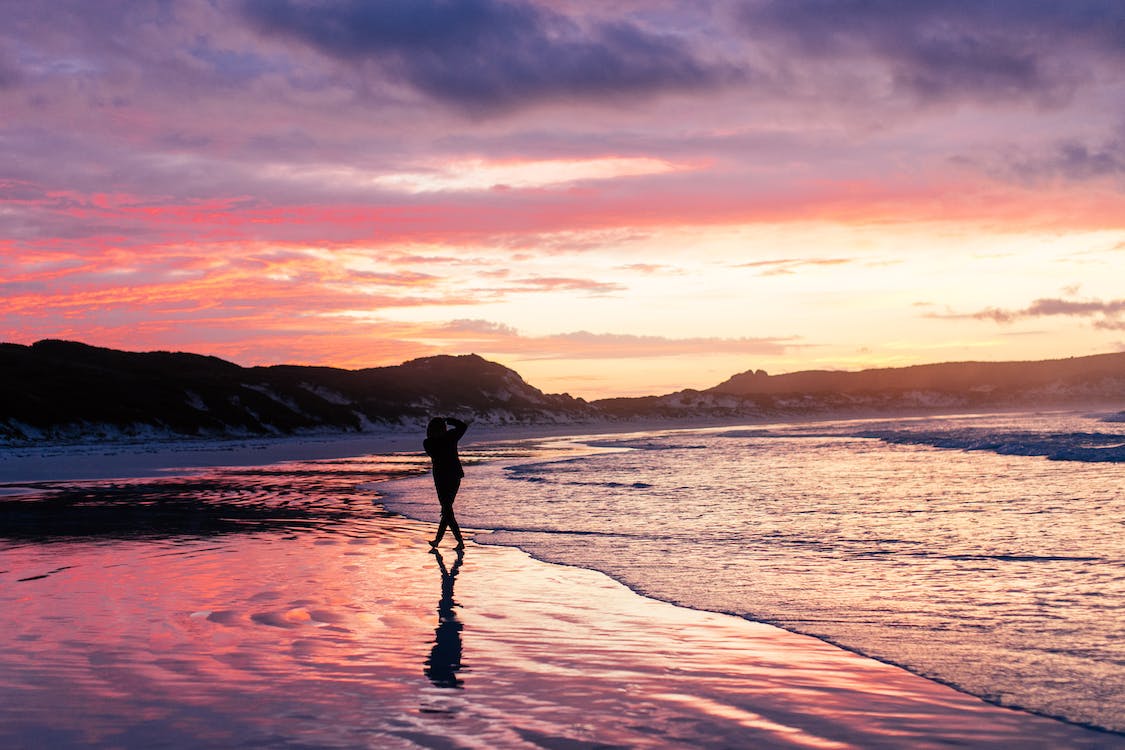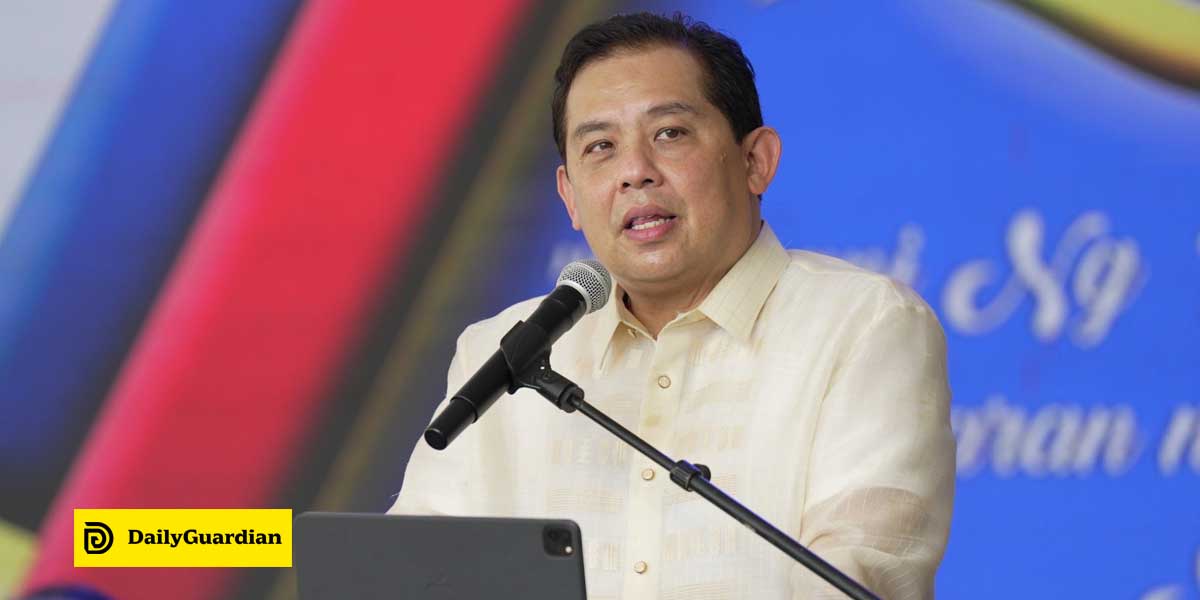Text and photos by: Bombette G. Marin
SAN JOAQUIN, Iloilo there is always a fun-filled cultural event during their annual fiesta celebration scheduled this year on the 14th to 19th of January. There are events to celebrate heritage, there are those that celebrate music genres, and events that celebrate beauty. The Bayluhay Festival is the most popular and well-known event during its municipal fiesta to take place of January 17 (Thursday) at 2 p.m. with its street dancing and tribe competitions.
So, If you are planning to visit Iloilo you could plan your trip to include this festival in your tour as it celebrate its 109th annual Municipal Fiesta with the theme, Padayon nga Paghiliusa sa Pagtuo kag Pag-alagad.
The event opens on January 14 (Monday) with a Mass at the Barangay Siwaragan Coastal Area at 8 a.m., Fluvial Procession, Multi-Sectoral Parade at 2 p.m., Opening Ceremony, Liga Night at 8 p.m., and the Talents Night for the Search for the Dayang kang Bayluhay 2019; January 15 (Tuesday) The Search for Dayang kang Bayluhay 2019 at 8 p.m.; January 16 (Wednesday) Parade at 7:30 a.m., Elementary Day Coronation at 2 p.m., San Joaquin Central Elementary School Alumni Night with the Band Performance of Ritmo Tambores at 8 p.m.
January 17 (Thursday) Opening Program at 2 p.m., Bayluhay Festival Street Dancing and Tribe Competition at 3 p.m. with guests Elha Nympha and Lyca Gairanod of the Voice Kids Philippines; January 18 (Friday) Parade of the Fiesta Queen and Balikbayan Night with Talents Unlimited and a Band at 8 p.m.; January 19 (Saturday) Eucharistic Celebration with a Con-Celebrated Mass at 9:30 a.m., Pasungay 2019 at 10:30 a.m., Coronation of the Fiesta Queen at 8 p.m.
Coined from a Hiligaynon word baylo or exchange, Bayluhay showcases a mixture of indigenous rituals, and later Spanish traditions and customs from an oral and intangible heritage of the historic landing of the 10 Datus (chieftains) and showcased through a re-enactment during the most famous part, the height of the festival, the tribe dance-drama presentation.
Coming from the kingdom of Bornay (now Borneo), the datus escaped from the wrath of an oppressive regime of Sultan Makatunao in 1225 A.D.
The 10 Datus namely Puti (the leader), Bangkaya, Dumalugdog, Sumakwel, Lubay, Paiburong, Dumangsil, Balensusa, Paduhinog and Dumangsol, along with their followers, boarded their balangays (vintas or boats) without knowing where to go, sailed across the Sulu Sea in search for the Promised Land.
The group skirted to the southern tip of the island of Panay, towards the Siwaragan River in San Joaquin and proceeded to navigate inward to Andona creek just within the settlement of Sinugbuhan.
It is said that when DatuPuti along with his men landed in Sinugbuhan where they met an Ati was fishing on the riverbank. Through him, the datus learned about Marikudo, his people and his territory. And through this fisherman, they sought an audience with the Ati chieftain.
They sat down with the natives, negotiated and agreed to purchase the lowlands of Panay for their abode. According to the folk legend, they purchased the island from the Negritos led by their chieftain Marikudo and his wife Maniwantiwan, for a golden sadok or salakot (hat) and a manangyad (long golden necklace) that was said to have touched the ground. The datus then settled in the coastal areas of the island, while the natives agreed to live in the mountains and hinterlands.
Not only is it a fun and colourful festival, it is also a good avenue to learn about some of San Joaquins rich culture of folklore and storytelling. And along with the Bayluhay tribe competition is the annual Pasungay, one of the more popular, well-organized special event featured during the annual fiesta celebration. Pasungay is a great way to immerse yourself in the typical fiesta celebration of the town.
Pasungay is a water buffalo or carabao fight held as part of an ancient tradition of San Joaquin. Scheduled this year on January 19 (Saturday) at 10 a.m. at the San Joaquin Sports Stadium situated at the back of the Municipal Hall, is the culminating event of its municipal fiesta.
Along with Pahibag or the traditional horse fight, the carabaos, bull and horse fights provide entertainment and harmless fun to thousands of spectators. The fight starts as a pair of carabaos or cows or horses attack and lock each others horns, trying to push each other until one gives up and flee from the pursuing winner. Many San Joaquinhons breed prized bulls that they present during these contests and are nourished both physically and psychologically in preparation for the annual event.
While Pasungay and Pahibag are well-established cultural celebrations in the province, many are catching attention. The festival season has just began, so it is time to start marking your calendars and getting out to discover some of the myriad municipal festivals and celebrations that this province is famous for.
The Second-Class municipality of San Joaquin, last town south of the province of Iloilo is 85 – kilometers away or an hour and twenty minute drive from Iloilo City. It has a land area of 23,135 hectares subdivided into 85 barangays.
To get to the town, one can take a San Joaquin jeepney at the Don Benito Q. Acap Sr. Southern Iloilo Perimeter Boundary in Barangay Mohon, Oton or when in the city, take any bus at the Antique Terminal in Molo or at the market situated at the back of Robinsons Place Iloilo. For more information, please contact Miss Erlyn Alunan Municipal Tourism Officer at 09176619120.



